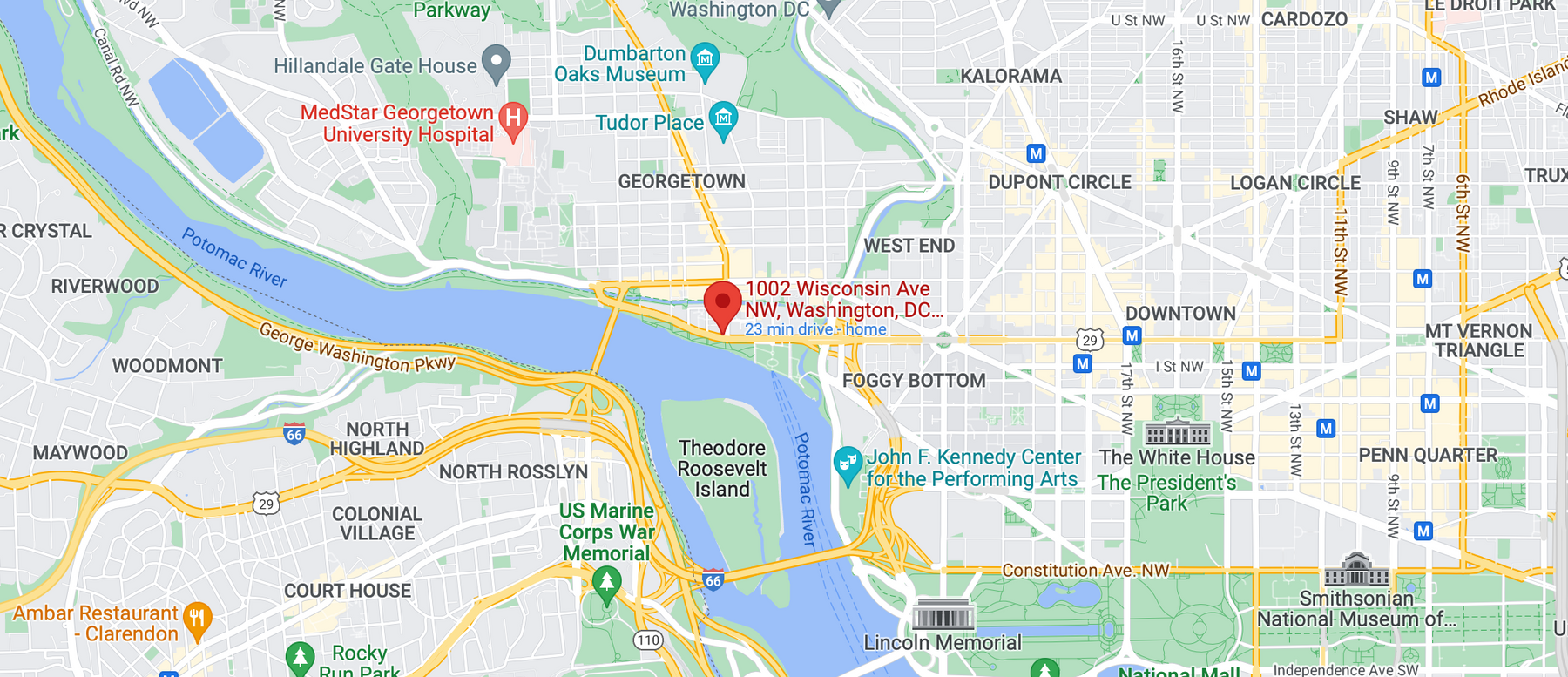Excavated in Cyprus, this small bronze skillet is a testament to Roman export trade of goods throughout the empire. The bowl is small with curving sides from a small ringed foot. The base was cast and the bowl spun from it, the rim engraved with an elegant border of simple linear design. Applied on one side of the bowl is a handle, slightly expanded at the termination and, toward the widest part, a keyhole-shaped opening that allowed the vessel to be suspended from a hook or peg. Below this signature keyhole is stamped with the name of the maker - P.CIPI.POLYBI - Publius Cipius Polybius, the most prolific of the Capuan bronze smiths during the mid 1st century AD, whose goods were the most widely distributed throughout Europe.
Background: The Italian and Gaulish bronze-smiths were noted for their products, which included vases, flasks and large jars. Chief amongst the vessels produced in these workshops, however, were the large skillets, ladles, strainers and handled saucers that can be seen in many British and European museums. The handled saucers were apparently considered as part of a toilet set, and for this reason are commonly known as 'bath-saucers'. The skillets occur in two main forms, those that are deep, normally having a flat handle, and those that are shallow with a tubular handle, the latter often terminating in an animal head. Incised lines on the interior of some deep skillets are no doubt to enable correct quantities of liquids and/or dry goods to be measured, and it has been suggested that the skillets were originally produced in graduated sets. When they are found on a Roman occupation site this is most often of military origin, while most finds of deep skillets have come from the frontier areas of the Roman Empire. 'Bath-saucers', on the other hand, are normally found in civilian contexts, although they do also occur on military sites and in hoards found in barbaricum. cited from: Bennett, J., & Young, R. (1981). Some New and Some Forgotten Stamped Skillets, and the Date of P. Cipius Polybius. Britannia, 12, 37-44. doi:1. Retrieved from http://www.jstor.org/stable/526242 doi:1
Dimensions: Diameter: 5 1/8" (12 cm), length (with handle): 8 3/4" (22 1/4 cm)
Condition: For aesthetic reasons, small losses to the base professionally restored, small loss to exterior rim that does not detract, otherwise the bowl is intact and in excellent condition overall. Mounted on custom acrylic base made by the Corcoran Museum, DC in the 1980's. Remains on white collection label on base.
Provenance: The William R. Crawford collection of Ancient Glass and Antiquities, acquired in Cyprus prior to 1972. This piece is accompanied by a copy of the export license issued to Mr. Crawford by Republic of Cyprus, Department of Antiquities. William R. Crawford, a retired American career diplomat and expert on the Middle East and Cyprus, was Director of Arab-Israeli Affairs at the State Department between 1959-1964, and Deputy Chief of Mission in Cyprus thereafter. In the 1970's, he was ambassador to Yemen and then to Cyprus and later became principal deputy assistant secretary of state for Near East and South Asian affairs. He donated part of his collection to the Virginia Museum of Fine Arts prior to his death in 2002.
